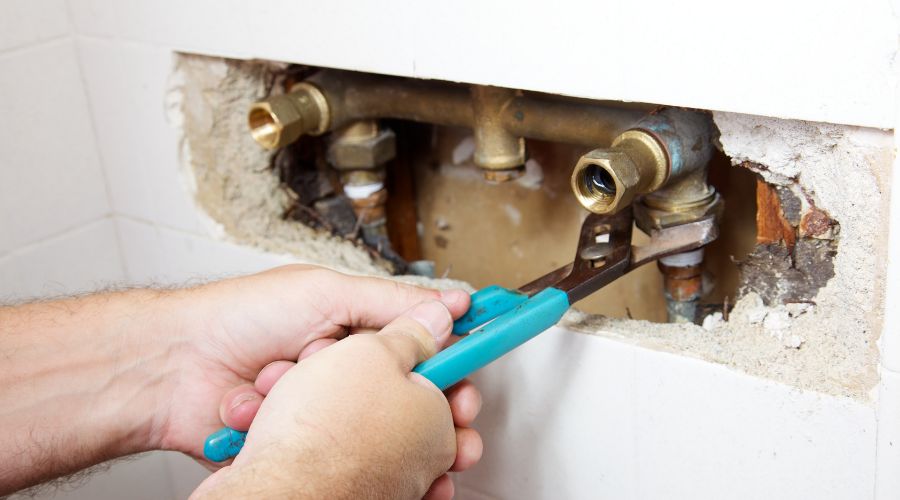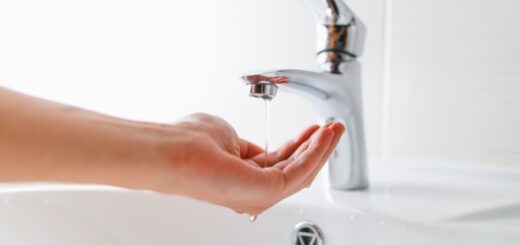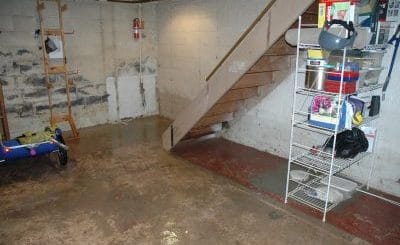7 Simple Steps to Repair Your Leaking Bathtub Faucet
If you have a constant, annoying drip in your bathtub, you likely have a leaky faucet. This issue can result in significant water waste, deterioration of faucet components, and inflated water bills. A faucet or shower head leaking at a rate of 150 drips per minute results in wastage of 15 gallons per day or 450 gallons per month. Fortunately, repairing a faucet is a straightforward task that can be done while following a step-by-step process. The key is to identify the cause of the leak before proceeding with the repairRepair is the act of fixing or restoring damaged property, m... More. In most cases, you can handle this repairRepair is the act of fixing or restoring damaged property, m... More yourself, eliminating the need to call a professional plumber or a restoration expert.
Why Your Bathtub Faucet Keeps Leaking?
Bathtub faucets come in various styles, including single-hole wall-mounted versions and three-hole center-set spouts. Typically, a stem or cartridge controls the water flow from the mixing valve, which connects to both hot and cold water lines.
The following are common causes of faucet leaks
- A cracked or worn washer is usually the reason for your faucet dripping in the bathtub. Every time you turn on the water, the washer is pushed against the valve. Over time, this constant friction will cause the washer to wear out.
- Sometimes the faucet stem or cartridge may cause the leak. The steam or the cartridge will raise and lower when you turn the faucet handle. This prompts the water to flow. Over time, the stem or the cartridge may fail, and it may not block the stream of water.
- The pipe to the faucet in the bathtub can also be a source of the leak.
How to Fix Your Bathtub Faucet?
Once you’ve identified the source of the leak, it is crucial to get it fixed quicky so you can avoid further wall or ceiling damage, wasted water, and higher water bills. Here are the steps to follow to fix the leak in your bathtub faucet:

Turn Off Your Water Supply
The first and most crucial step is to turn off the water supply to your bathroom, which will halt the water flow to your house. Typically, you can locate the shut-off valve in the basement or a crawlspace. Always turn the valve clockwise to stop the water flow completely. In some homes, the shut-off valve is outside, near the municipal water meter. If the valve hasn’t been used in years, you might need an adjustable wrench to twist it shut. After stopping the water flow, turn on the bathroom faucet to drain any remaining water from the pipes into your bathtub.
Take Off the Faucet Handle
Disassemble the faucet to access the hardware, ensuring you inspect it for wear and tear. Remove the decorative cap, then use a screwdriver to loosen the screws in the center of the handle. Once the screws are removed, gently pull on the handle to detach it.
Examine the Faucet Parts
After removing the handle, thoroughly inspect the stem or cartridge and the interior of the handles to assess their condition. Then, examine the washer, valve stem or cartridge, and handle, paying close attention to any components that appear weak or eroded.
Replace the Faucet Washer if Needed
The rubber component at the top of the faucet stem or cartridge is called the washer. If you need to replace the washer, make sure you get one that matches your faucet brand. Replace the washer if it appears cracked or worn. Simply use a socket wrench to loosen the screw securing the washer, remove the old one, and install the new washer in its place. Tighten the screw back on. If your bathtub faucet continues to leak, you may need to replace the stem.
Replacing the Faucet Stem
If replacing the washer did not stop the leak, you may have an issue with the stem or the cartridge. Here is how to check if the stem or the cartridge are the issue:
- Clean any wax or caulk from around the base.
- Use an adjustable wrench to loosen the bolts. If the bolts are in the wall, be sure to use a socket wrench so you can remove them.
- Get the stem removed and install a new one using new bolts. Make sure to use a stem or cartridge that is compatible with the brand of faucet you have.
- If you’ve replaced the handle, washer, and stem and your bathtub faucet is still dripping, you will need to replace the whole bathtub spout.
Replace the Handle
Make sure to replace your bathtub faucet handle based on your faucet type. Once replaced, turn on the water supply. Run water from the bathtub faucet, then turn it off to check if the leak persists.
Inspect the Faucet Spout
A leaking faucet may often be due to a worn seal on the threads of the short end of the pipe leading to the spout. Follow these steps to replace the faucet spout:
- To remove the faucet spout, first determine if you have a thread-on spout or a set-screw spout. For a thread-on spout, simply screw it on or off. If you find a small hexagon screw underneath the spout, it’s a set-screw spout. Use a wrench to loosen the screw and remove the spout.
- Use a utility knife to score the sealant where the spout and bathtub wall meet so you can remove it easier.
- Remove the pipe nipple (the length of pipe) with a wrench.
- Make sure to wrap the threads of both ends of the nipple with plumber’s tape.
- You can then install the nipple into the 90-degree elbow pipe that is in the wall. Keep turning the nipple clockwise until it is tight.
- Reattach the faucet spout and turn on the water so any debris can be flushed out.
- Use a new bead of sealant to seal the area between the spout and the wall.
Can a Dripping Bathtub Faucet Cause Damage?
Yes, a dripping bathtub faucet can cause serious damage if not fixed quickly. An ongoing leak can weaken the faucet fixtures, potentially leading to bursts and overflows. This can result in water pooling and floodingFlooding is the overflow or accumulation of water in areas t... More your bathroom. Moreover, the continuous seepageSeepage is the slow movement of water or other fluids throug... More can allow water to penetrate the walls, ceiling and floors, causing structural damage and fostering mold growth.
Experiencing a Leak or Water Damage? Don’t Hesitate to Call for Help!

A leak from a bathtub faucet should be addressed right away as the water from the leak can spread into the surrounding materials and cause damage. If your bathroom has become damaged due to a leak, it is important to call a water damage restoration professional to address the damage. Licensed technicians can remove excess water and dry the affected areas and materials using advanced equipment as well as restore the damage caused by the water. Calling these professionals quickly will help limit the damage and save you on restorationRestoration is the process of returning a property to its pr... More costs.












